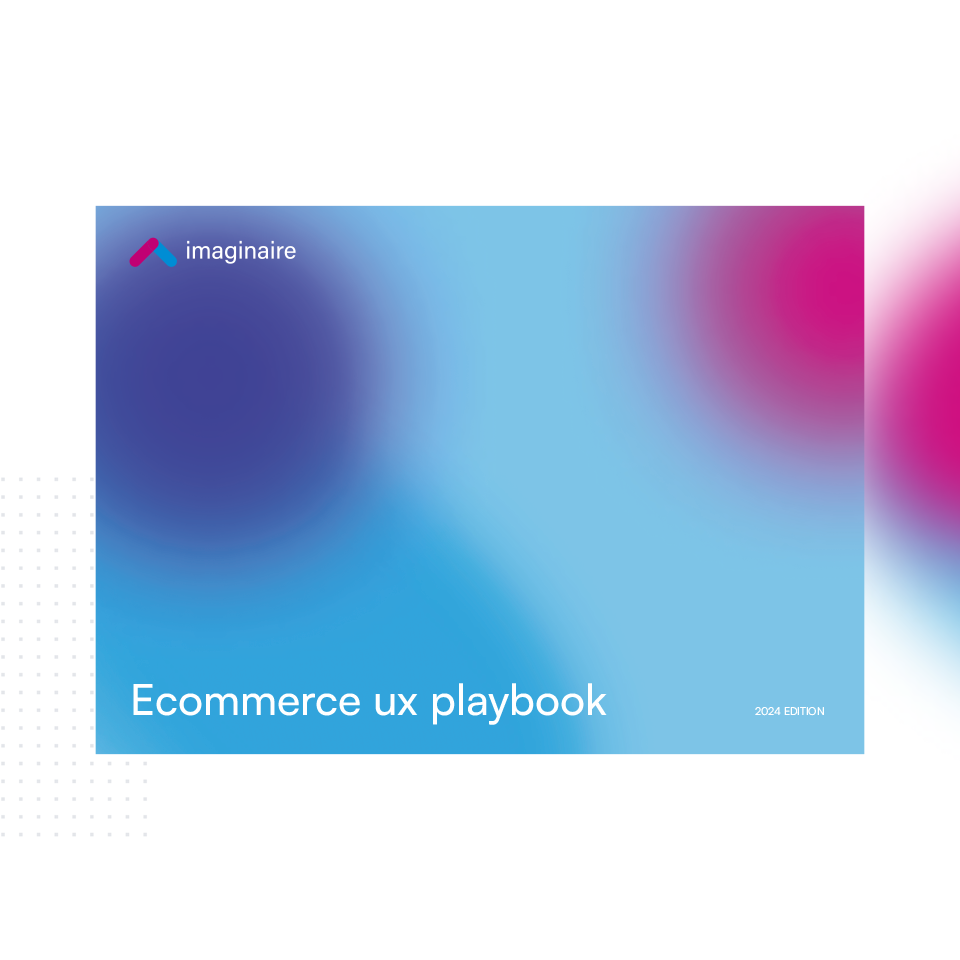Email marketing campaigns are the cheapest way to advertise your business, by far at that. With nearly 92 percent of adults using an email service on a daily basis – spending astonishing 5.4 hours per day browsing incoming messages – it is not difficult to see how email campaigns can become the greatest source of ROI for a business.
There is no secret to the popularity of the medium, wither. Email services are free, accessible across devices and allow for lengthier messages (although this benefit should not be abused in marketing campaigns).
Mobile-Ready Campaigns: Key to Long-Term Success
Out of the 92 percent of email recipients mentioned above, 61 percent their inboxes daily. Stats show that 57 percent of email subscribers spend 10 to 60 minutes per week reading emails, while employees spend 13 hours per week doing the same.
Most of them access their private inboxes on mobile devices. This is the first insight not to be disregarded… ever! Both emails and landing pages need to be mobile-ready, as to not lose the attention of the interested parties.
Here are some stats to illustrate the statement:
- The percentage of new mobile device users is rising 20 percent annually
- 70 percent of emails are re-read on mobile devices
- 23 percent of mobile readers revisit email messages at least one more time
- 75 percent of Gmail users read email messages on mobile devices
- One-third of all CTRs take place on mobile devices
Email marketing campaigns done right will easily capitalise on these benefits. Coupled with new technologies, templates and automation tools, emails have the potential of taking over all traditional sales funnels.
Did you know that:
- Email marketing has an ROI of 4,400 percent?
- 50 percent of small- and medium-sized businesses use marketing automation?
- 77 percent of ROI is generated through targeted and segmented campaigns?
- The average order value per email is ca. three times higher than the order value per social media ad
Welcome and Unwelcome Offers
Some emails are more welcome than others, while some are an absolute no go. It is important to remember that not everything is in content. There are other things to observe, such as the timing and the frequency of messages being sent.
Too many emails received too frequently are likely to annoy the recipient, dooming your precious messages to spam folders. When flagging email as spam is concerned, it is also important to keep in mind that many recipients do that because they are not interested in the service anymore. That’s why every message sent needs to contain the unsubscribe button.
Now on to the messages customers look forward to receiving. Welcome messages, promotions, newsletters and order status emails are topping the list of those. There are a couple of tricks to make them more tempting.
Tip: Consider making sales promotions a traditional event. In this way, recipients will know when to expect them. A good example is AliExpress’ annual sale that falls on 11/11 every year.
Welcome messages make people feel special. Use personalisation to address people by their name and maintain a healthy relationship in the long run.
Newsletters keep recipients in the know about what to expect in the near future. However, they should be concise and include a call to action (like all other emails, it is best to use a button). Newsletters should not be sent too frequently. Common practice is quarterly, monthly or bi-monthly.
Finally, order status emails are the fastest way to showing each and every customer that they matter. Make certain to regularly send order confirmations, receipts, shipment confirmations, shipment tracking information and delivery confirmations.
Knowing How to Address Each Recipient
How does one know what all those people want to see? The answer is actually not as difficult as it may appear at first glance and contains one word: segmentation. According to Mailchimp, segmented campaigns get 14.37 percent more opens and 64.78 percent more clicks than non-segmented ones.
Segmentation is a set of insights that help marketers nail targeted campaigns, but there is no unique way to go about doing it. We’d argue that demographics are the most important insight, so we’ll focus on its uses here.
Demographics are a powerful tool and indeed the first one the majority of marketers turn to when needed. Information such as age, gender, employment status, income level and so on speaks volumes about someone’s interests.
The more demographics you collect, the better your chances of attracting and keeping customers. There are several ways to collect information, e.g., during a sign-up process or with the help of surveys and website forms.
However, be careful not to ask for too much personal info, as the strategy is known to scare people off rather than to keep them loyal.
Deciding which insights are most valuable depends on the industry of a business. I.e., clothes sellers should focus on the gender, exclusive items sellers – on the company position and income level, and so on.
If you use demographics to their full potential, you will see a dramatic increase in your business’ ROI in no time. Other segmentation factors that will help narrow down the list of loyal buyers include geographic area, purchase history, amount spent per purchase and email engagement.
Finding the best mix is the key to keeping customers happy for a long while. That and personalisation!
